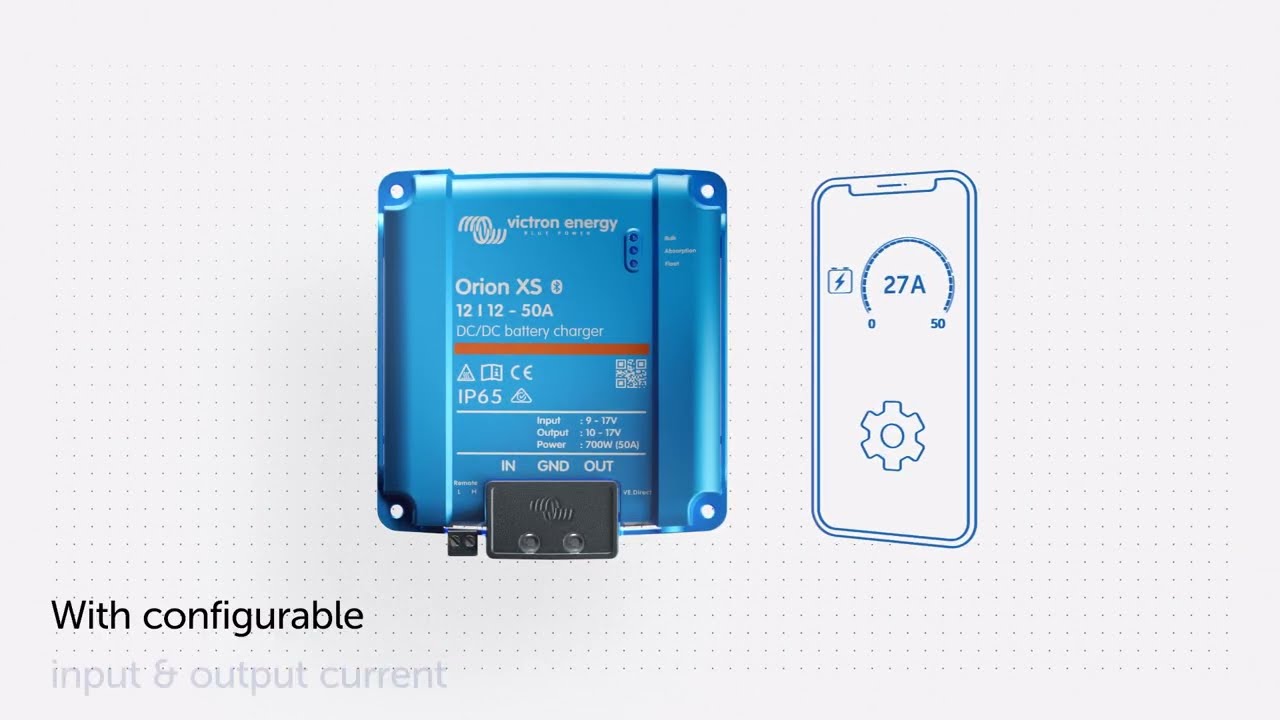

Hello,
Sign In
Lithium batteries especially lithium iron phosphate (LiFePO4) gained in popularity in recent years, which is quite understandable, given their advantages over other battery types, including a longer cycle life, higher energy density, lower weight and surprisingly improved safety. However, one of the most obvious drawback of LiFePO4 batteries commonly cited is their upfront cost. This is what we’ll explore below.
There are a number reasons why LiFePO4 batteries are more expensive, such as the higher cost of raw materials, the manufacturing process, and requiring a battery management systems.
LiFePO4 batteries which are a type of lithium battery, contains lithium, iron, phosphate, and some other expensive metals that are difficult to mine and refine. Lithium prices have been extremely high due to high demand and lack of supply, but this is something that’s currently changing. While demand is still increasing, a significant amount of lithium production has come online, increasing the supply.

The manufacturing process of LiFePO4 batteries requires specialized equipment and skilled labor. The batteries need precise manufacturing techniques and high-quality control standards to guarantee their performance, which can increase the cost of production.
Plus AGM batteries have the advantage that much of the cost of the equipment used to manufacture them has been fully depreciated, given that lead acid batteries have been in production for over 100 years!
In addition, LiFePO4 batteries have a battery management system (BMS) that ensures battery cells aren’t over-charged, over-discharged, too hot, too cold, etc. The cost of the BMS can add to the overall cost of the battery.
Despite the high cost of LiFePO4 batteries, they are actually cheaper than AGM per cycle. This is because LiFePO4 batteries have a much longer cycle life than AGM batteries. AGM batteries might last for around 500 cycles (if you’re careful with them), while LiFePO4 batteries can last for over 4000 cycles. So you would have to buy 8 lead acid batteries to get the same cycle life as a single LiFePO4 lithium battery 12v.
On top of that, with LiFePO4 batteries, you discharge the full rated capacity without damaging it. AGM batteries, on the other hand, shouldn’t be discharged much below 50% as it can damage the lithium batteries’ lifespan. This means that you can get much more usable energy out of a LiFePO4 battery than an AGM battery, making it more cost-effective over time.
In summary, lithium batteries like LiFePO4 batteries are expensive due to the cost of raw materials, the manufacturing process, its maturity, and the complexity of battery management systems. Nevertheless, prices are expected to drop over time.
However, it is important to note that lithium batteries are cheaper than AGM per cycle, and their longer lifespan and higher cycle capacity make them a better investment in the long run. As technology advances and manufacturing processes become more efficient, the cost of LiFePO4 batteries will continue to decrease, making a stronger financial argument for upgrading AGMs with LiFePO4s.

Copyright © 2023 Muller Energy. All rights reserved.
Lorem ipsum dolor sit amet, consectetur adipisi cing elit, sed do eiusmod tempor incididunt ut labore et dolore magna aliqua. Ut enim ad minim veniam, quis nostrud exercitation ullamco laboris nisi ut aliquip ex ea commodo consequat.